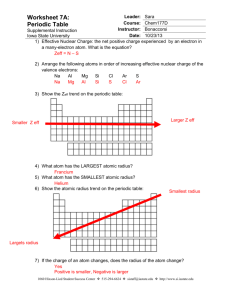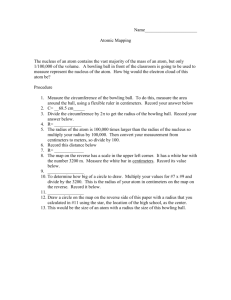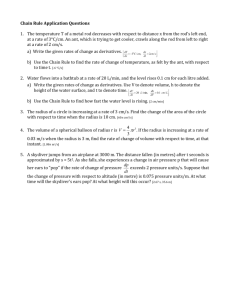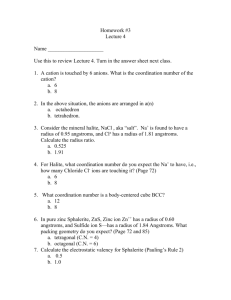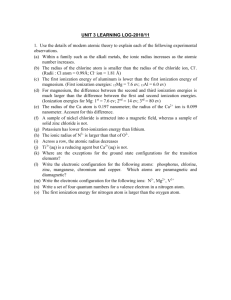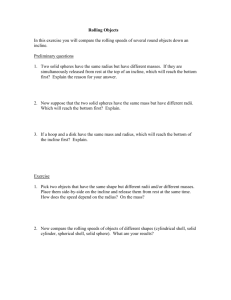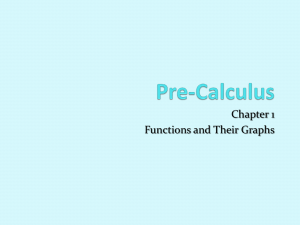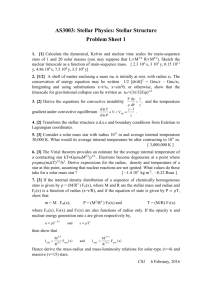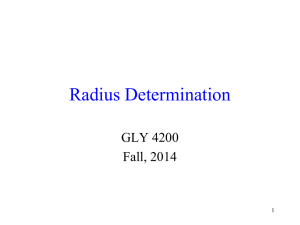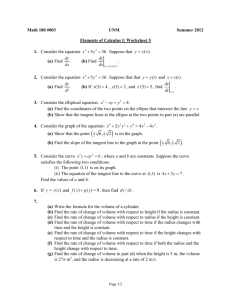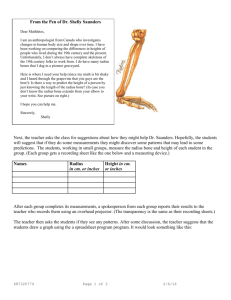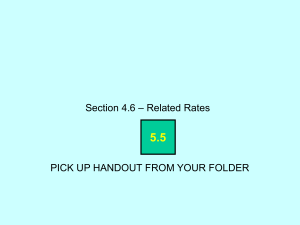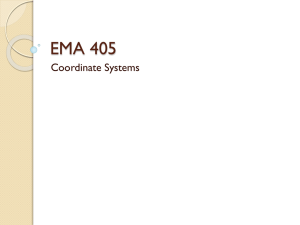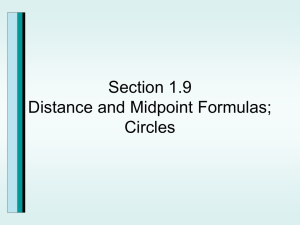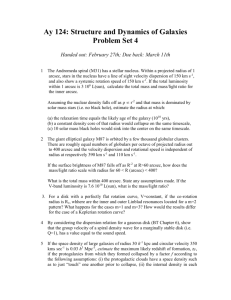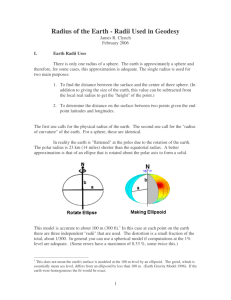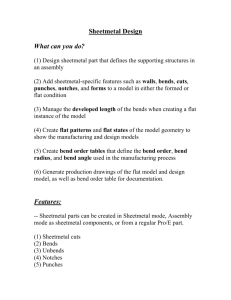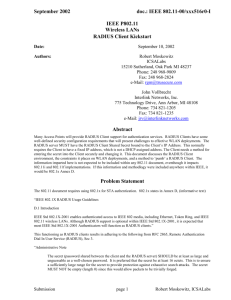Chapter 13 Problem Set 3
advertisement
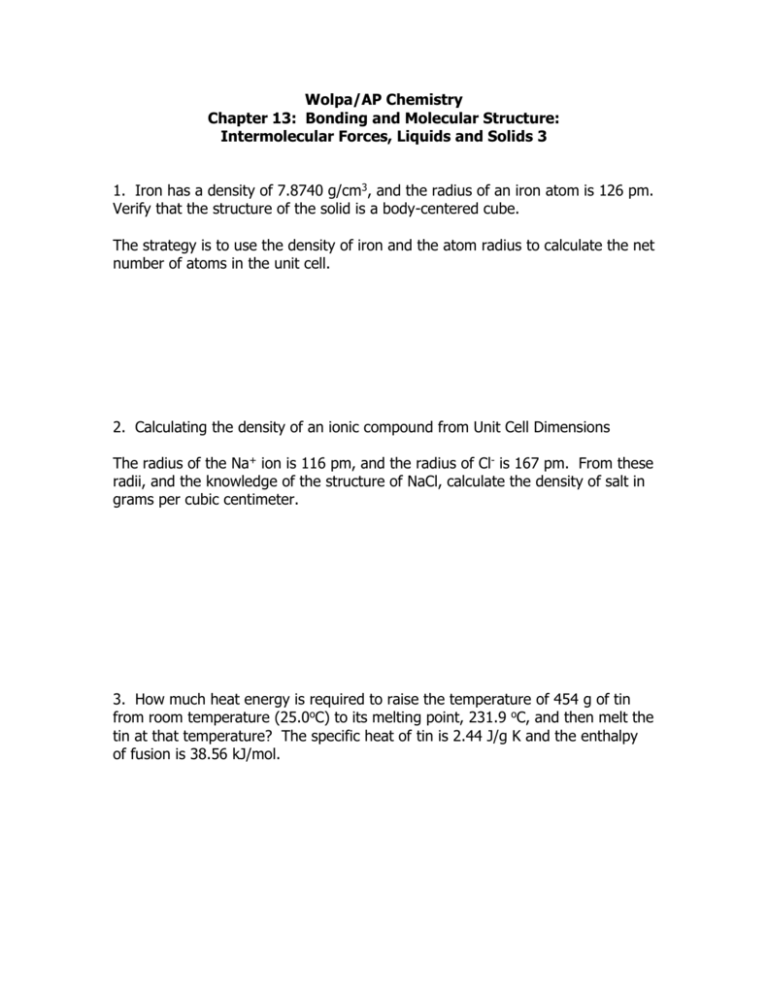
Wolpa/AP Chemistry Chapter 13: Bonding and Molecular Structure: Intermolecular Forces, Liquids and Solids 3 1. Iron has a density of 7.8740 g/cm3, and the radius of an iron atom is 126 pm. Verify that the structure of the solid is a body-centered cube. The strategy is to use the density of iron and the atom radius to calculate the net number of atoms in the unit cell. 2. Calculating the density of an ionic compound from Unit Cell Dimensions The radius of the Na+ ion is 116 pm, and the radius of Cl- is 167 pm. From these radii, and the knowledge of the structure of NaCl, calculate the density of salt in grams per cubic centimeter. 3. How much heat energy is required to raise the temperature of 454 g of tin from room temperature (25.0oC) to its melting point, 231.9 oC, and then melt the tin at that temperature? The specific heat of tin is 2.44 J/g K and the enthalpy of fusion is 38.56 kJ/mol. 1. Iron has a density of 7.8740 g/cm3, and the radius of an iron atom is 126 pm. Verify that the structure of the solid is a body-centered cube. The strategy is to use the density of iron and the atom radius to calculate the net number of atoms in the unit cell. Atomic Radius – length of side Length of size – volume Unit cell volume and density – mass Mass of cell /mass of atom = number of atoms 2. Calculating the density of an ionic compound from Unit Cell Dimensions The radius of the Na+ ion is 116 pm , and the radius of Cl- is 167 pm. From these radii, and the knowledge of the structure of NaCl, calculate the density of salt in grams per cubic centimeter. Calculate volume by adding radii to find side and then cubing Calculate mass from molar mass and Avogadro’s Calculate density from mass and volume
